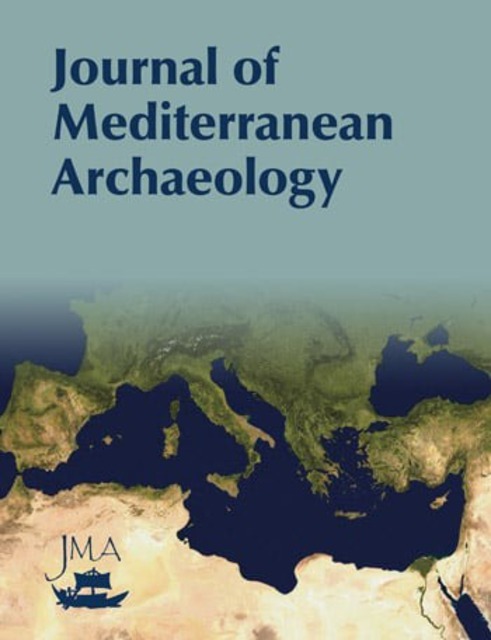JMA/Early Bronze I and the Evolution of Social Complexity in the Southern Levant

Full description
The Early Bronze I period (c. 3500-3100 BC) has long been recognized as the critical transition from the village-level society of the Chalcolithic to the 'urban' society of the Early Bronze Age II in the Southern Levant. Most models, however, have tended to stress exogenous influences and/or catastrophic explanations for this period and have failed to provide a clearly stated theoretical perspective. This paper presents a model of indigenous development from the Chalcolithic through the Early Bronze Age I, with the important exceptions of stressing the problematic presence of Egyptian 'colonies' in the Southern Levant and the lack of substantial contacts with the Syro-Mesopotanian world to the north. The theoretical context of this paper seeks to understand the collapse and rise of small-scale social formations that exist in juxtaposition to large ones, and to view the Early Bronze I period in terms of the overall trajectory of social evolution in the Southern Levant. This trajectory differs profoundly in terms of scale and international relations, from other societies in ancient western Asia, and is brought into sharper focus by an examination of its origins in the Early Bronze Age I.
- typeImage
- created on
- file formatjpg
- file size29 KB
- container titleJournal of Mediterranean Archaeology
- creatorAlexander H. Joffe
- issn1743-1700 (Online)
- issue4.1
- publisherEquinox Publishing Ltd.
- publisher placeSheffield, United Kingdom
- rights holderEquinox Publishing Ltd.
- doi
We use cookies to analyze our traffic. Please decide if you are willing to accept cookies from our website. You can change this setting anytime in Privacy Settings.
